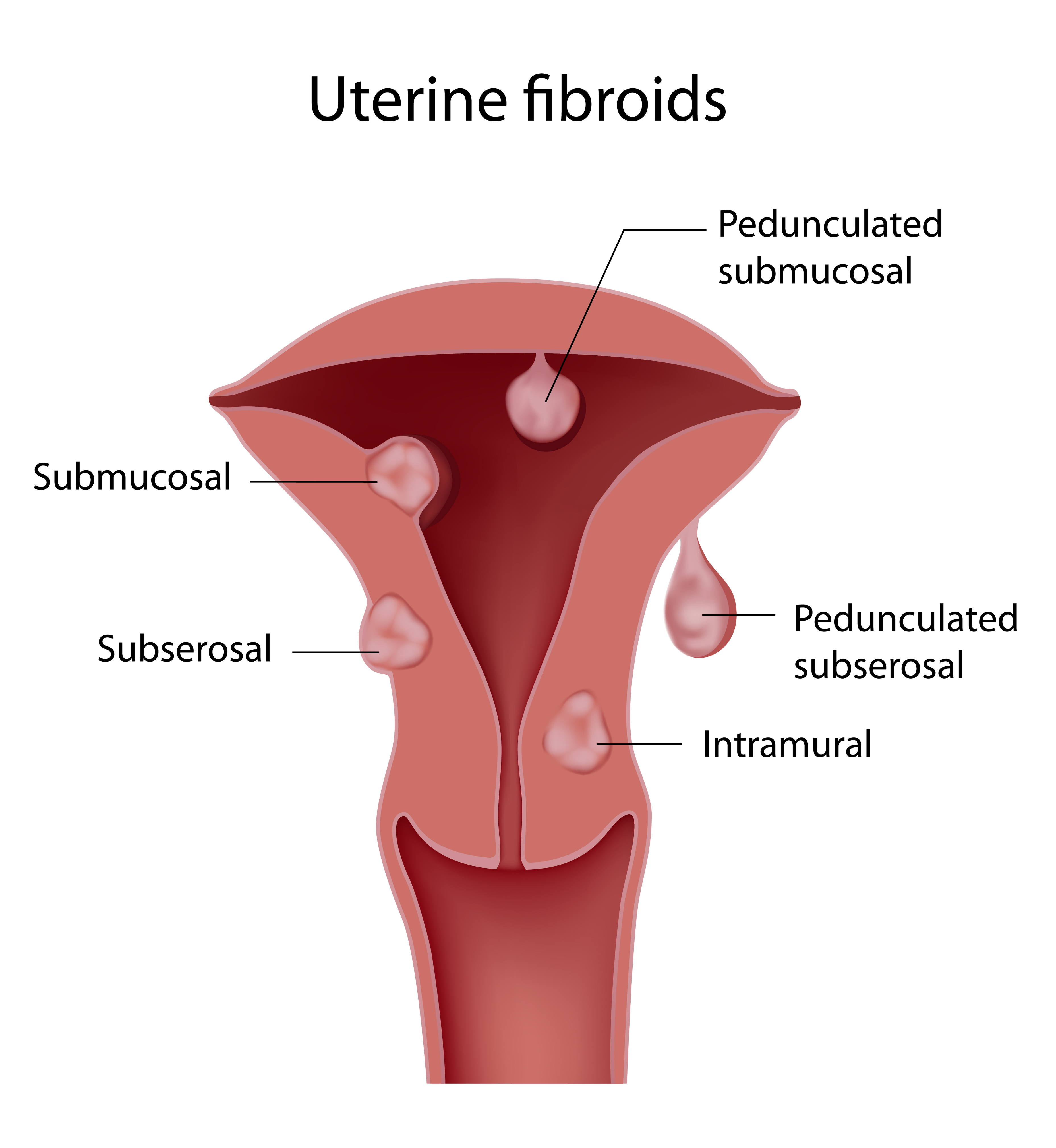Best Doctor for Fibroid Surgery
Fibroid Uterus
Fibroids are noncancerous tumours of the uterus. They are also called myomas or leiomyomas. They may be single or multiple and they may vary in size.Fibroids can be of 3 types depending upon their location
- Submucous Fibroids – Located inside the cavity of the uterus
- Intramural Fibroids – Located inside the wall of the uterus
- Subserous fibroids – They are on the outside surface of the uterus
Cause Of Fibroids
The exact reasons why some women develop fibroids are unknown. Fibroids tend to run in families, and affected women often have a family history of fibroids. Women of African descent are two to three times more likely to develop fibroids. Fibroids grow in response to stimulation by the hormone estrogen, produced naturally in the body. These growths can show up as early as age 20 but tend to shrink after menopause when the body stops producing large amounts of estrogen.
Sign and Symptoms of Fibroids
- Asymptomatic – The fibroids may be completely asymptomatic, that is they may not have any symptoms and may be detected accidentally in a routine check-up.
- Heavy periods
- Pain in periods
- Spotting in between periods
- Infertility – inability to get pregnant – can happen largly due to submucosal fibroids
- Recurrent abortions – can happen due to submucosal fibroids
- Pressure symptoms like frequent urination, difficulty in passing stool
Diagnosis
- Pelvic examination
- Ultrasound
- MRI is rarely required
Treatment
Observation – if the fibroids are not causing any symptoms they may not require any treatment. They may need to be monitored by regular ultrasound. In case there is a sudden increase in size one needs to be alert.
Hysteroscopic myomectomy – if the fibroid is inside the cavity of the uterus (submucous myoma), hysteroscopic myomectomy is advised. Myomectomy is the process of removal of a fibroid. Hysteroscope is an instrument which is inserted through the vagina, cervix and then the uterus to remove the fibroid.
Laparoscopic Myomectomy – myomectomy is the process to remove the fibroid. In laparoscopic surgery, very small incisions are given on the tummy and a camera is inserted to see the insides of the abdomen. With the help of the other instruments, the fibroid is separated from its bed and taken out in small pieces.
Open myomectomy – myomectomy is the surgery where only the fibroid is removed. If the fibroid is very large or there are some other reasons which make laparoscopy unsafe, open surgery is required.
Laparoscopic Hysterectomy – a hysterectomy is a surgery where the uterus is removed. In laparoscopic surgery, the removal is done with the help of a laparoscope and this entails very small cuts on the tummy. This is associated with a faster recovery as compared to open surgery.
Dr. Neha Lalla is the best Laparoscopic and Hysteroscopic surgeon in Dubai with the ability to manage large fibroids with the laparoscopic approach.
Contact for an appointment – +971 4212 2599

